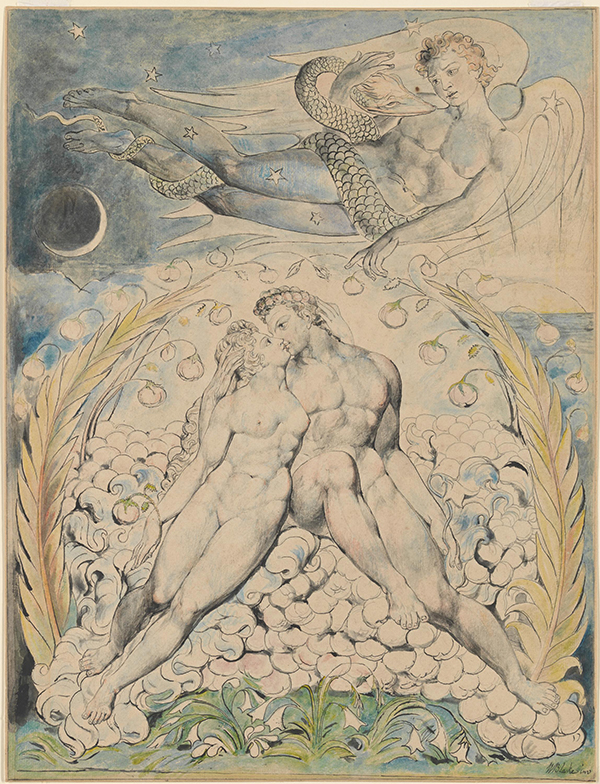Prophet against Empire? William Blake in Australia
DOI:
https://doi.org/10.47761/biq.335Abstract
Since the posthumous revival of William Blake (beginning in the 1860s, consolidated in the twentieth century), his identification with England, and more particularly with London, has been complicated by his appeal to cultural groups that are themselves ambivalent, at best, in their relationship to empire. While scholarship has increasingly attended to Blake’s dialogues with and receptions outside the Anglosphere, the radically countercultural artist and son of a hosier has simultaneously been assimilated into the iconography of mainstream Englishness. This has been nowhere more evident than in England itself, where he is quoted by politicians of all political persuasions and has been made the subject of blockbuster exhibitions in major institutional venues. For example, the trailer for the 2019–20 Tate exhibition projects Blakean imagery onto iconic scenes and sites of contemporary London, updating and appropriating Golgonooza for the age of the London Eye. At the same time, and in ways somewhat truer to his own practices, Blake has been celebrated as a kind of patron saint by London-based small presses and outsider artists and writers. Beyond England, complex and sometimes inapposite ideological allegiances have been contracted on his behalf from the nineteenth century onwards. In this essay, we turn to the reception, reproduction, and revisioning of Blake in the settler colonies of Australia, and we find a Blake whose work, mediated through a range of editorial and curatorial lenses, proves unexpectedly amenable to conflicting Australian desires both to affirm cultural fealty to England and empire and to refuse it.




